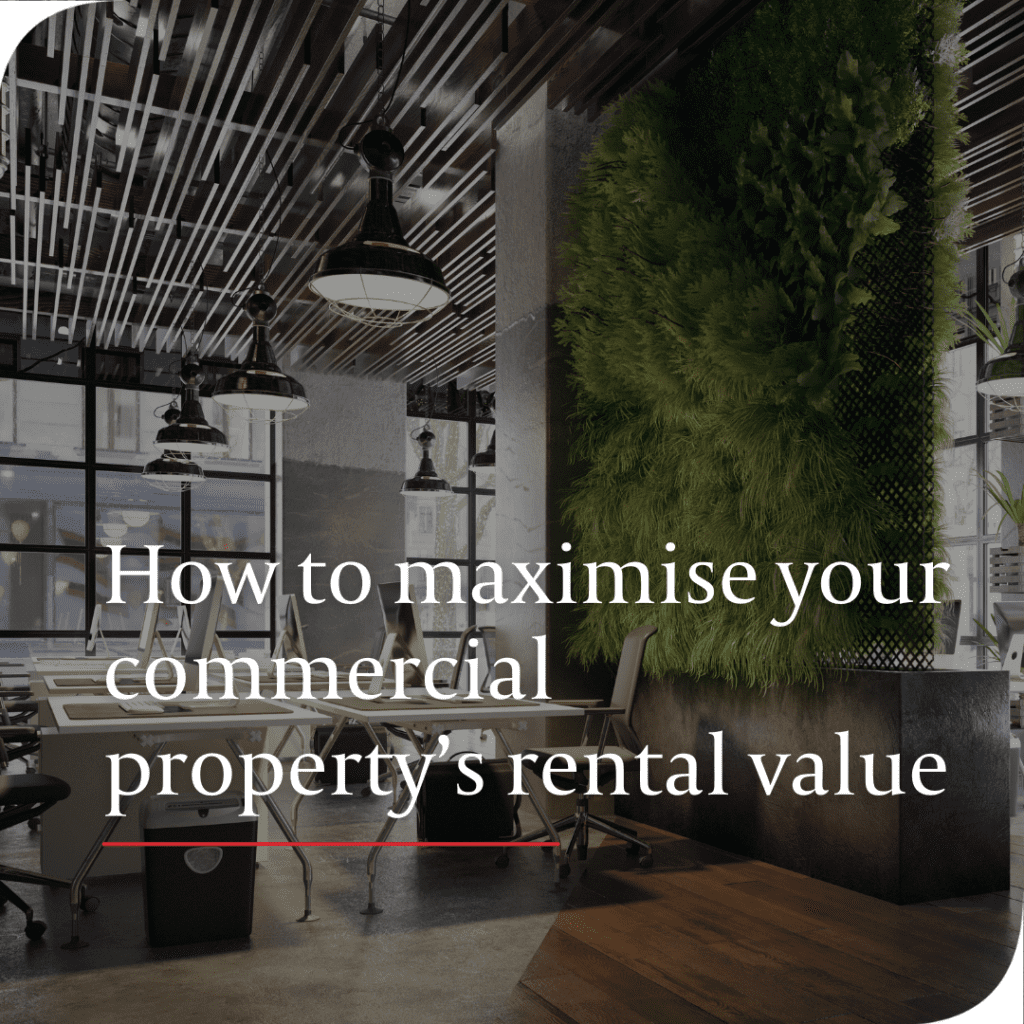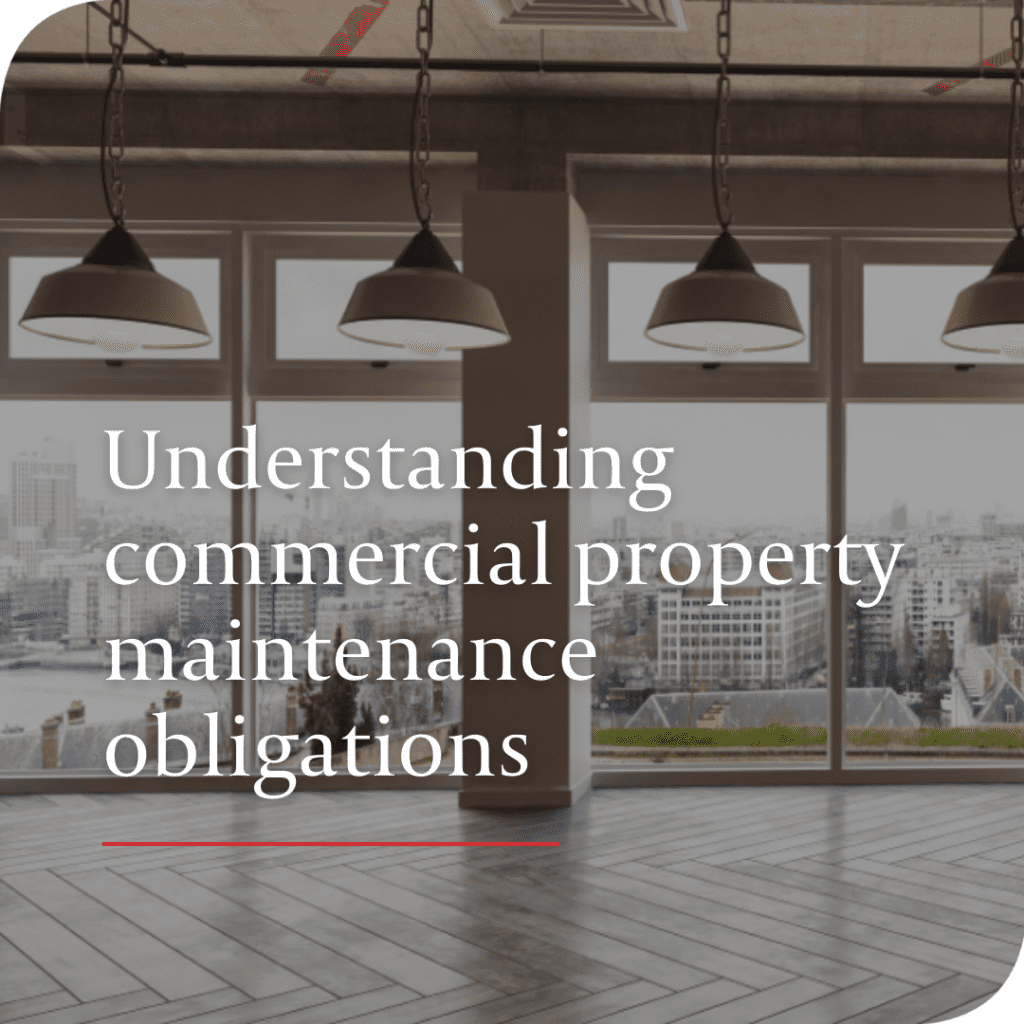
Office-to-residential conversions are becoming an increasingly popular strategy for property investors looking to unlock value from underperforming assets. Thanks to changes in permitted development rights (PDR), converting commercial offices into residential use has become faster and more cost-effective – but what does this mean for long-term value and investment returns?
Why conversions are on the rise
Following the shift towards hybrid working, many office buildings, particularly secondary stock in town centres, have seen reduced demand. At the same time, the UK continues to face a well-documented housing shortage, creating strong demand for well-located flats and smaller homes.
This imbalance has presented an opportunity: repurposing obsolete office stock into high-yielding residential units.
The impact on capital values

For investors, the potential uplift in capital value can be significant – especially when a building is purchased with permitted development potential in mind. A low-demand commercial asset might be worth £100–£150 per square foot as an office, but post-conversion, the residential units can command £300–£500 per square foot depending on the location, finish, and layout.
The key, of course, is securing planning or ensuring the asset qualifies under PDR, managing the conversion efficiently, and understanding local buyer/renter demand.
Rental yields and long-term strategy
Office-to-resi conversions can offer strong rental yields, particularly when targeted at key tenant demographics such as young professionals, students, or downsizers. That said, investors should also consider future flexibility: once converted, the building loses its commercial classification and can’t easily be repurposed again without planning. Understanding local supply and demand dynamics is essential.
What to look out for
If you’re considering investing in or converting office stock, our commercial team recommends looking closely at:

- Local planning policy and Article 4 Directions
Some councils have restricted PDR rights to preserve employment space. - Conversion costs
Not all office buildings are created equal – factors like ceiling heights, natural light, and access to services all impact viability and cost. - Exit strategy
Will you sell the flats individually, refinance into a buy-to-let mortgage, or hold for rental income? Each route has different tax and financial implications. - Location fundamentals
Proximity to transport links, shops, and amenities remains as important for converted schemes as it is for purpose-built housing.
Speak to the experts
At Jacobs Steel Commercial, we work with investors across Sussex and the South East to source and assess office stock with conversion potential. Whether you’re looking for your next project or want an accurate appraisal of an existing building’s value and potential, our team can provide the local insight and strategic advice you need.
Interested in exploring office-to-residential opportunities?
Contact the Jacobs Steel Commercial team today for a no-obligation consultation.
Other articles you might enjoy


